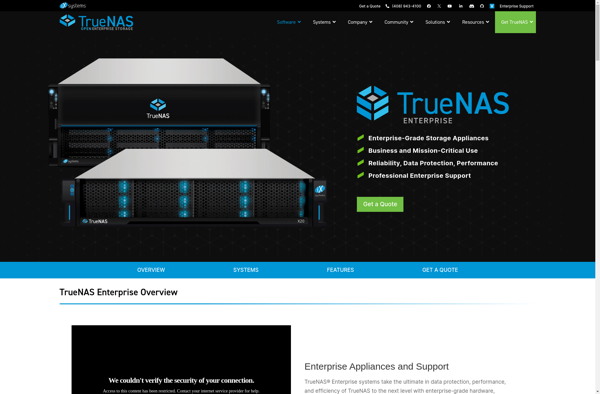VNAS

vNAS: Virtualized Network-Attached Storage
Virtualized network-attached storage software, creating a virtual SAN using local storage in hypervisor hosts, pooled resources for shared storage over a network.
What is VNAS?
vNAS (virtual Network Attached Storage) is software that allows you to create a virtual SAN (Storage Area Network) using the local disks and flash storage in hypervisor hosts. It creates a shared storage platform that looks and acts like a physical SAN, providing features like thin provisioning, deduplication, compression, and more.
vNAS works by installing lightweight software on each hypervisor host. This software allows you to pool and aggregate local storage across hosts to create a virtual shared storage device. Blocks of data are distributed across multiple disks and servers, providing redundancy and resilience.
Key benefits of vNAS include:
- Lower cost since you utilize existing commodity server storage
- Scalability as you add hosts to the cluster
- Data protection with replication, erasure coding, and snapshots
- High performance by leveraging server-side flash storage
- Thin provisioning to reduce wasted space
- Data reduction with compression and deduplication
vNAS eliminates the need for a separate physical SAN, enabling software-defined, hyperconverged storage using existing hypervisor infrastructure. Leading vNAS solutions include VMware vSAN, Microsoft Storage Spaces Direct, Nutanix Acropolis, and various open source options.
VNAS Features
Features
- Creates a virtual SAN using local storage of hypervisor hosts
- Pools storage resources across hosts to create a shared storage platform
- Provides block-level storage accessible over IP network
- Supports iSCSI and NFS protocols
- Built-in deduplication and compression
- Thin provisioning support
- High availability with automated failover
- Centralized management console
- Integration with VMware vSphere and Microsoft Hyper-V
- Scalable and flexible architecture
Pricing
- Free
- Subscription-Based
Pros
Cons
Official Links
Reviews & Ratings
Login to ReviewThe Best VNAS Alternatives
Top Network & Admin and Storage & Backup and other similar apps like VNAS
Here are some alternatives to VNAS:
Suggest an alternative ❐TrueNAS

Western Digital My Cloud

ReadyNAS

Open-E Data Storage Software SOHO

StorPool
